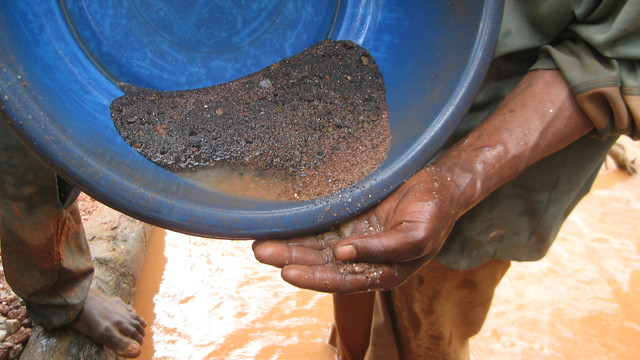
IIED senior researcher Diane Archer gives a presentation at CBA10 in Bangladesh in April (Photo: ICCCAD, Creative Commons, via Flickr)
This year saw a 12% reduction in our organisational carbon footprint, reflecting a significant reduction in our air travel emissions.
There were eight per cent fewer flights than last year, and a 15% drop in the length of trips – this highlights how much the location of our work has a direct effect on our emissions (eg the reduction in travel distances due to the 21st Conference of the Parties (COP21) being held in Paris versus in Lima the previous year).
The result is that we are still a long way under our 2.5% per year reduction target for annual emissions per full-time equivalent (FTE) staff member (i.e. 7.7 tCO2e per FTE being 19% under the target of 9.4 tCO2e).
We continue to maintain an ISO14001-certified environmental management system.
* Based on our sites and the activities of our staff, this measure excludes our suppliers and partners. Our footprint is measured in accordance with Defra's 2016 emissions factors and guidelines, which is consistent with the Greenhouse Gas Protocol
** Tonnes of CO2e is a universal unit of measurement used to indicate the global warming potential of a greenhouse gas, expressed in terms of the global warming potential of one unit of carbon dioxide
*** Air travel emissions take into account the effect of radiative forcing (the effect of water vapour and nitrous oxides in the upper atmosphere) and therefore an uplift factor of 1.89 has been used in accordance with Defra guidelines.
Note: Some of the figures for 2015/16 were corrected in February 2020.
Anti-fraud and bribery, whistleblower policies
In carrying out its work, IIED is committed to preventing fraud and bribery, and has a commitment to zero tolerance of fraud and bribery from its staff and partners. Read our anti-fraud and bribery policy.
IIED is committed to conducting business with honesty and integrity, and we expect all staff to maintain high standards. A culture of openness and accountability is essential in order to prevent such situations occurring or to address them when they do occur. Read our whistleblowing policy.
Previous years



